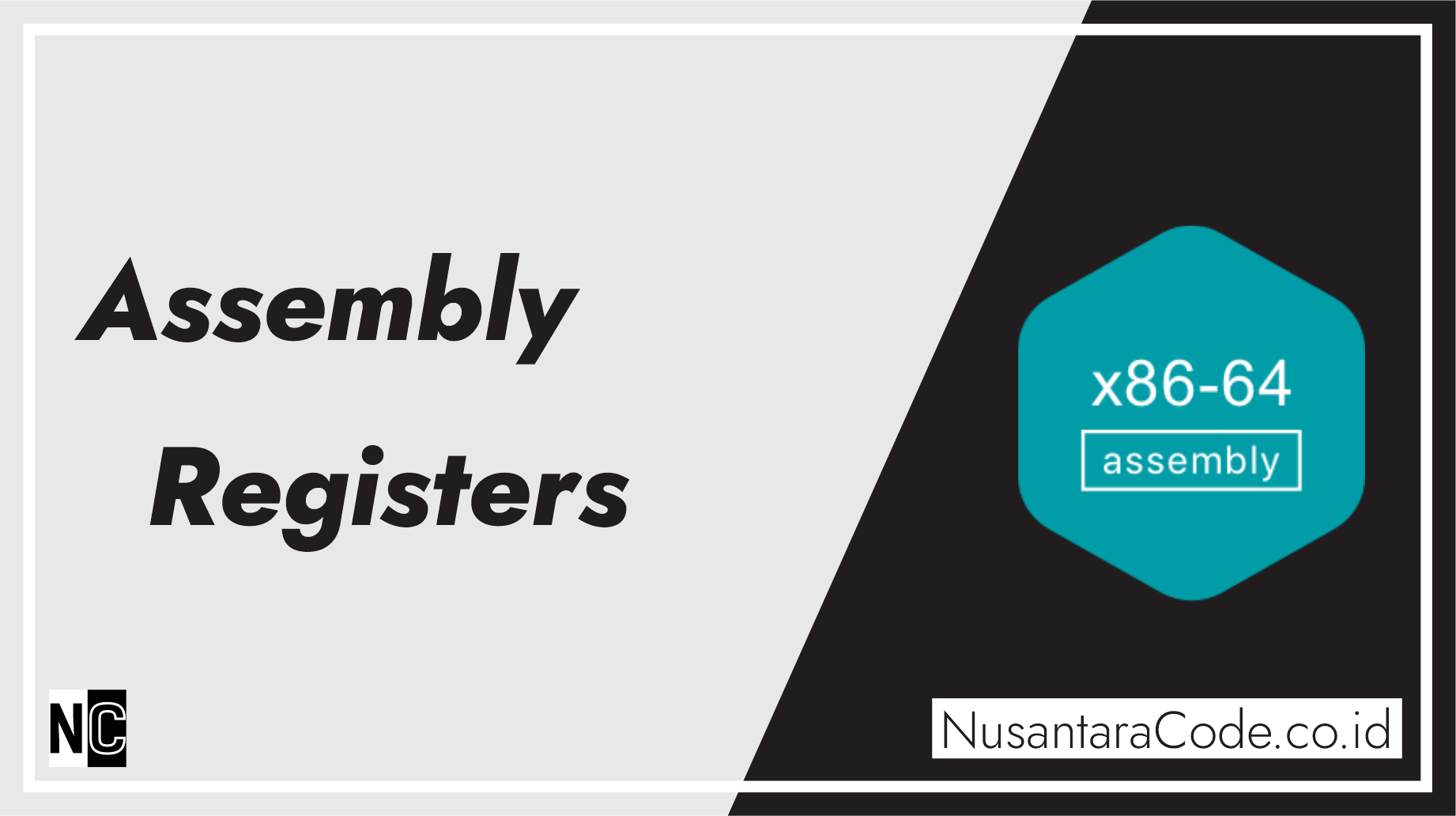In the world of assembly language programming, registers play a fundamental role in managing variables, data manipulation, and executing instructions. This article provides a comprehensive guide to assembly registers, how to create variables, and the types of variables you’ll encounter.
Introduction to Assembly Registers
Registers are small, high-speed storage locations within the CPU that can hold data temporarily. In assembly language, you directly manipulate registers to perform operations. Registers are essential for optimizing code execution and memory access.
Creating Variables in Assembly
In assembly language, variables are created by reserving space in memory. This is typically done using the DATA segment or similar directives. Let’s look at an example:
SECTION .data
my_variable db 10In this example, we’ve created a variable named my_variable using the db (define byte) directive. It reserves one byte of memory to store an integer value.
Types of Variables
Assembly language doesn’t have built-in data types like high-level languages. Instead, the type of a variable is determined by the size of the data it can hold and how you interpret that data. Common data types in the assembly include:
- Byte (db): Represents an 8-bit integer. It can hold values from 0 to 255.
- Word (dw): Represents a 16-bit integer. Values can range from 0 to 65,535.
- Doubleword (dd): A 32-bit integer capable of storing values from 0 to 4,294,967,295.
- Quadword (dq): Represents a 64-bit integer, covering an extensive range of values.
- String (db, ‘text’): You can use
dbto define strings as well. For example:my_string db 'Hello, World!',0. - Floating-Point (dd, dq): To work with floating-point numbers, you use
ddfor single-precision anddqfor double-precision.
Register Operations
Registers are used for arithmetic operations, data movement, and control flow. Common registers include:
- EAX, EBX, ECX, EDX: General-purpose registers for data manipulation.
- ESP, EBP: Stack-related registers for managing the call stack.
- ESI, EDI: Source and destination index registers often used in string operations.
- EIP: The instruction pointer register points to the next instruction to be executed.
Understanding assembly registers, variable creation, and data types is essential for writing efficient and optimized assembly language programs. While assembly programming may seem low-level and complex, it offers fine-grained control over a computer’s resources, making it a powerful tool for specific tasks and optimization. As you delve deeper into assembly language, you’ll master the art of register manipulation and become adept at crafting efficient code.
